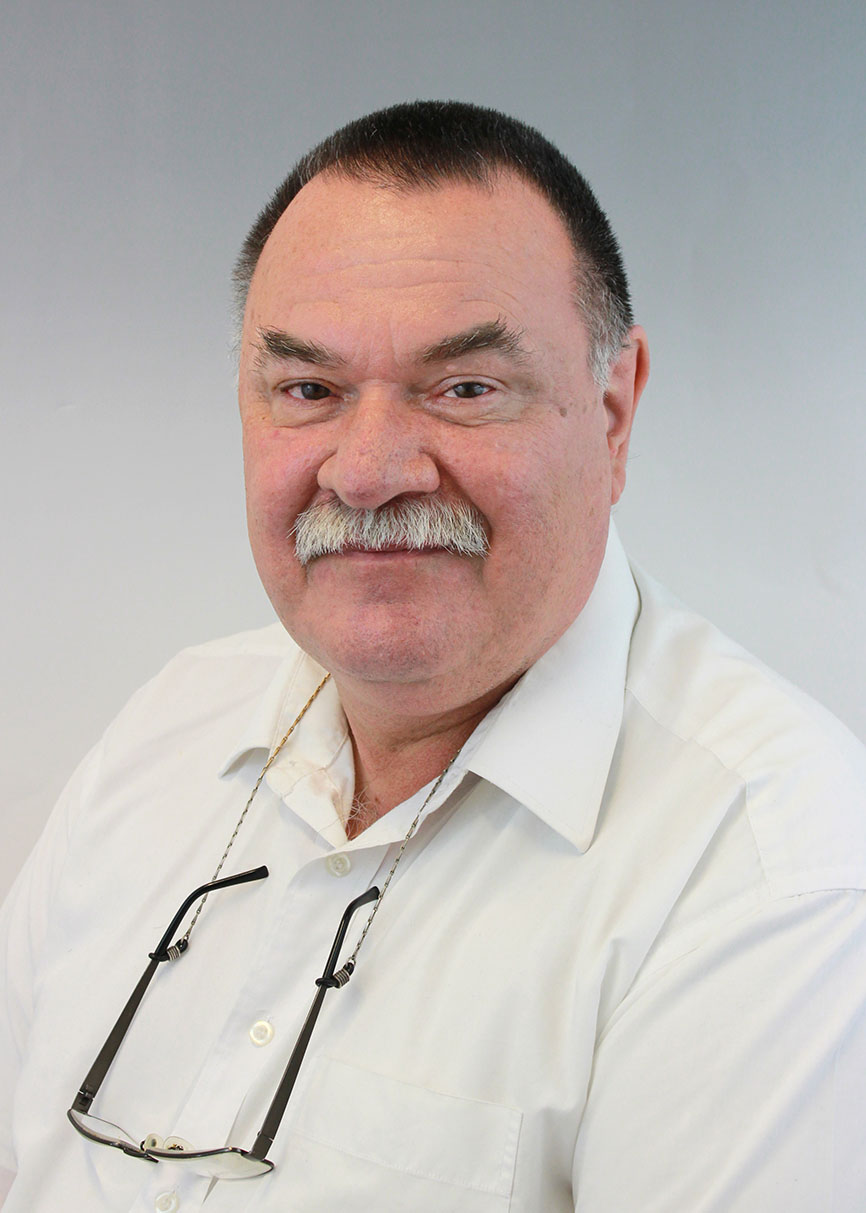| Languages | English | German | Swahili | French |
| Responsibility | content | Dipl.biol.univ. Stephan Rollfinke | translation | Dipl.biol.univ. Stephan Rollfinke |
Light
Das erste Licht erfüllt Raum und Zeit -Taa ya kwanza inajaza nafasi na wakati - The first light fills space and time - La première lumière remplit l'espace et le temps
The beginning of our universe was initially pure energy, which filled the inflation-like space-time bubble. It was left over after the mutual annihilation of particles and antiparticles. The inflation-like expansion of our space-time bubble had also caused a cooling. As the bubble expanded further and further, faster than light, material particles were formed that interacted with the structure of the space-time bubble. Larger accumulations of "crystallizing" matter formed larger space-time structures and smaller accumulations formed smaller structures. The "smooth" space-time bubble developed tiny deviations in its interior.
Expansion and cooling continued.
More and more net-like structures were formed and the gravitation associated with the space-time structure drew more and more matter into the net structure of the interior of the space-time bubble. These structural changes of the interior of the space-time bubble are now called "dark matter". It forms the network structure and is not dark at all, but invisible, because it does not emit light and does not interact with light.
More and more visible matter accumulated in these net-like canyons of the interior of the space-time bubble. Today it forms accumulations of clusters and superclusters of galaxies.
The "dark" (better the invisible matter) is the gravitational effect of the altered space-time structures, i.e. a network in the space-time structure of the interior of the space-time bubble.
Initially there was so much energy in the space-time bubble that only with the formation of the structures and the ever increasing cooling, areas had to form in which the "crystallization" of matter led to even greater energy depletion. It formed
- neutrons
- protons and
- Electrons
Only when the first atoms became atoms and the electrons were forced into orbits around protons did atoms "crystallize" out, so to speak. The electrons were now forced into a narrow orbit around protons and the space became "empty".
Now the energetic light particles could use the emptiness and start their journey at the speed of light. This was about 380,000 years after the space-time bubble was created.

